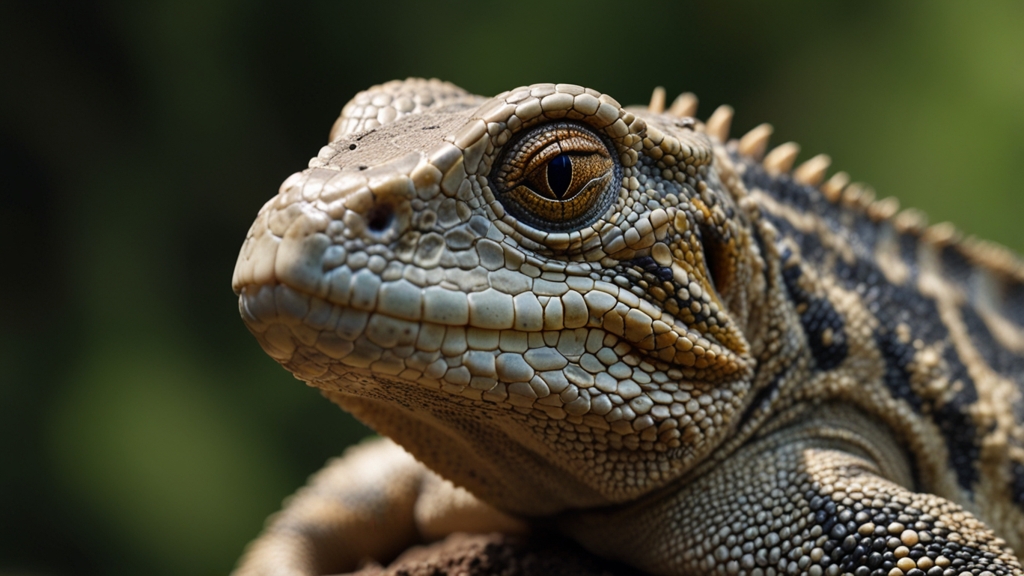Fun Facts That Get Stranger the More You Learn
Everyone enjoys a good fun fact now and then. They pique our curiosity, make us double-take, and sometimes, leave us scratching our heads in disbelief. However, some fun facts become even more intriguing and bizarre the deeper you dive into them. Here are some that will leave you astounded and continually surprised as you uncover more layers of their strangeness.
The Banana Paradox
Did you know that bananas are berries, but strawberries aren’t? Initially, this might seem like a simple classification error. Botanically, bananas fit the criteria of berries because they develop from a single ovary and have seeds embedded in the flesh. In contrast, strawberries originate from multiple ovaries and are classified as aggregate fruits. But it gets stranger!
Bananas are also slightly radioactive. They contain potassium-40, a naturally occurring isotope that is radioactive. While it’s not enough to cause harm, it’s still fascinating to think about the harmless yellow fruit in such a light.
Moreover, bananas are clones of a single plant. The Cavendish variety, which is what we typically eat, doesn’t reproduce through seeds but through cuttings. This means every banana you eat is a genetic twin of the next, which is both efficient and somewhat eerie.
The Immortal Jellyfish
The Turritopsis dohrnii, also known as the “immortal jellyfish,” can theoretically live forever. This incredible creature has a unique ability to revert its cells back to their earliest form, essentially starting its life cycle anew whenever it’s injured or on the brink of death. It’s like hitting a biological reset button.
This doesn’t mean that individual jellyfish can dodge death indefinitely—many of them fall prey to diseases, predators, or simply environmental hazards. But in theory, if undisturbed, they have the potential for immortality.
Advanced studies reveal that the immortal jellyfish employs a process called transdifferentiation, where its specialized cells transform into different types of cells. This ongoing cycle has bewildered scientists and posed profound implications for understanding aging and regeneration.
The Great Emu War
In 1932, Australia waged a war against a large number of emus. Following World War I, Australian soldiers were looking for work and were tasked with controlling the emu population that was destroying crops. Armed with machine guns, the soldiers thought it would be an easy mission. They were wrong.
The emus proved to be surprisingly resilient, and their large, coordinated flocks made them difficult targets. The soldiers found it nearly impossible to take down significant numbers of the birds, and after several failed attempts, the military ultimately admitted defeat.
The Great Emu War stands as one of history's oddest conflicts, where the birds emerged victorious despite the firepower arrayed against them. The story underscores not only the unexpected resilience of wildlife but also the sometimes absurdity of human endeavors.
The Curious Case of Wombat Poop
Wombats are unique among animals for their distinctive cube-shaped droppings. These little marsupials produce excrement that is distinctly square, which prevents it from rolling away and helps them mark their territory.
Scientists have puzzled over this phenomenon for years, and recent studies suggest that it's related to the wombat's digestive process. Their intestines have regions of varying elasticity, which shape the feces into cubes before they’re expelled. This quirky adaptation is yet another testament to nature’s endless creativity.
Conclusion
These facts are just the tip of the iceberg when it comes to the bizarre and wonderful world we live in. The more we explore, the more we realize that truth can often be stranger than fiction. So next time you stumble upon a fun fact, dive deeper—you may find that the story behind it is even more astonishing.










